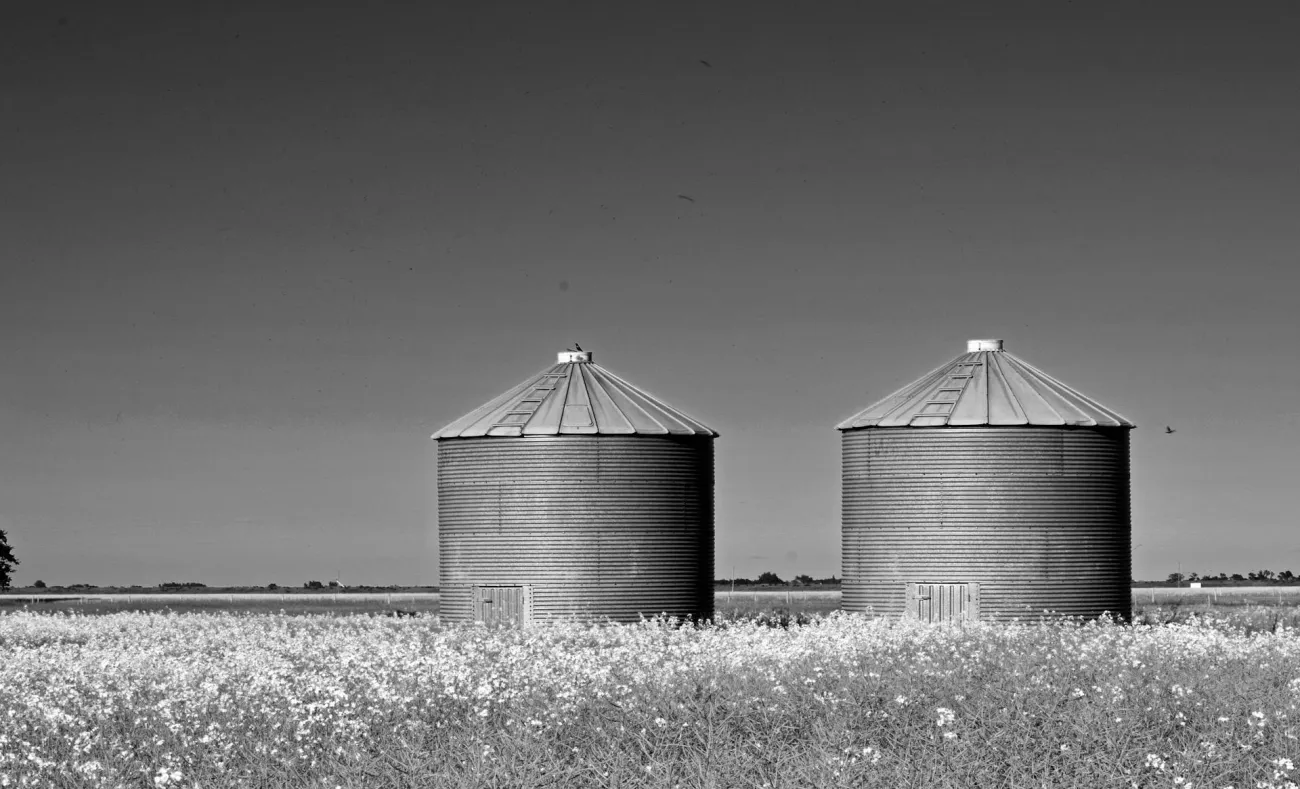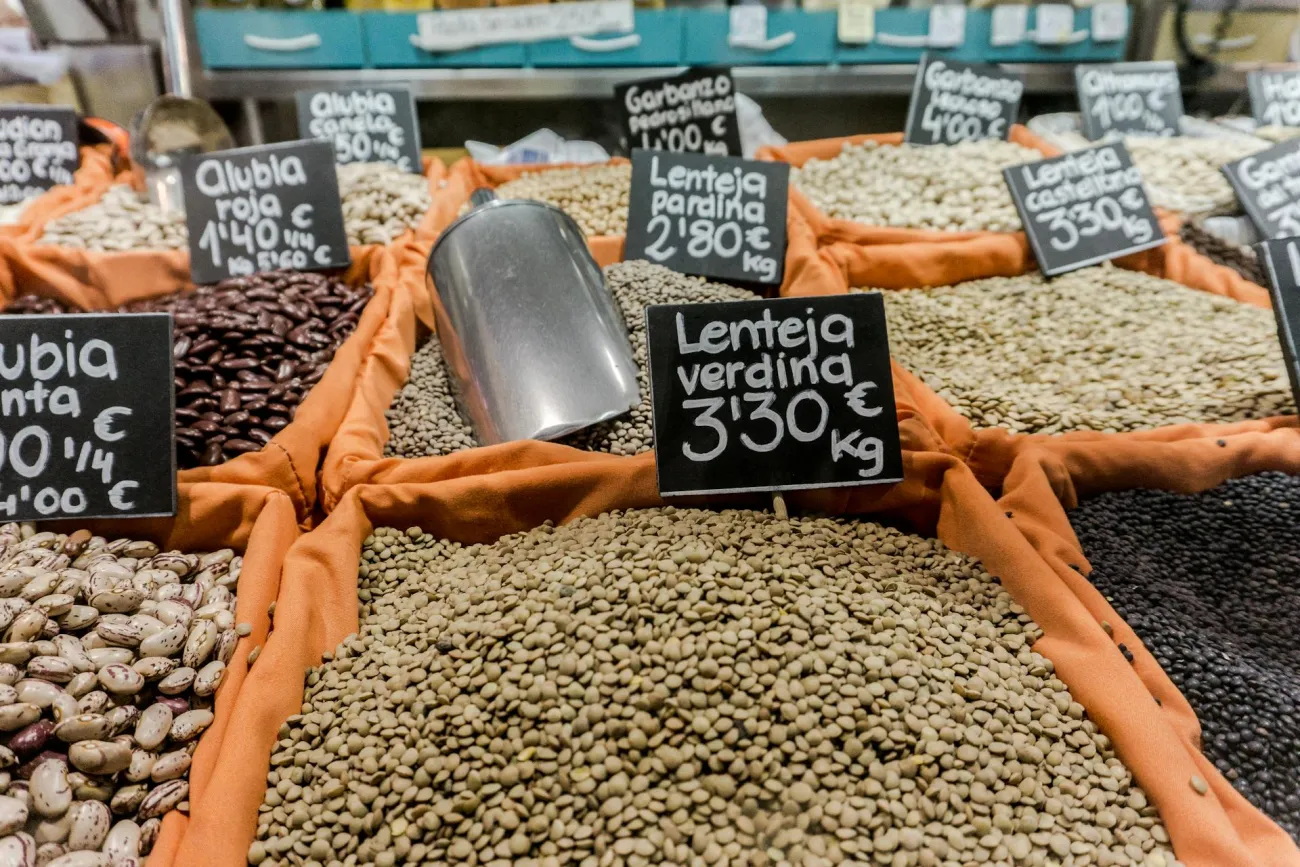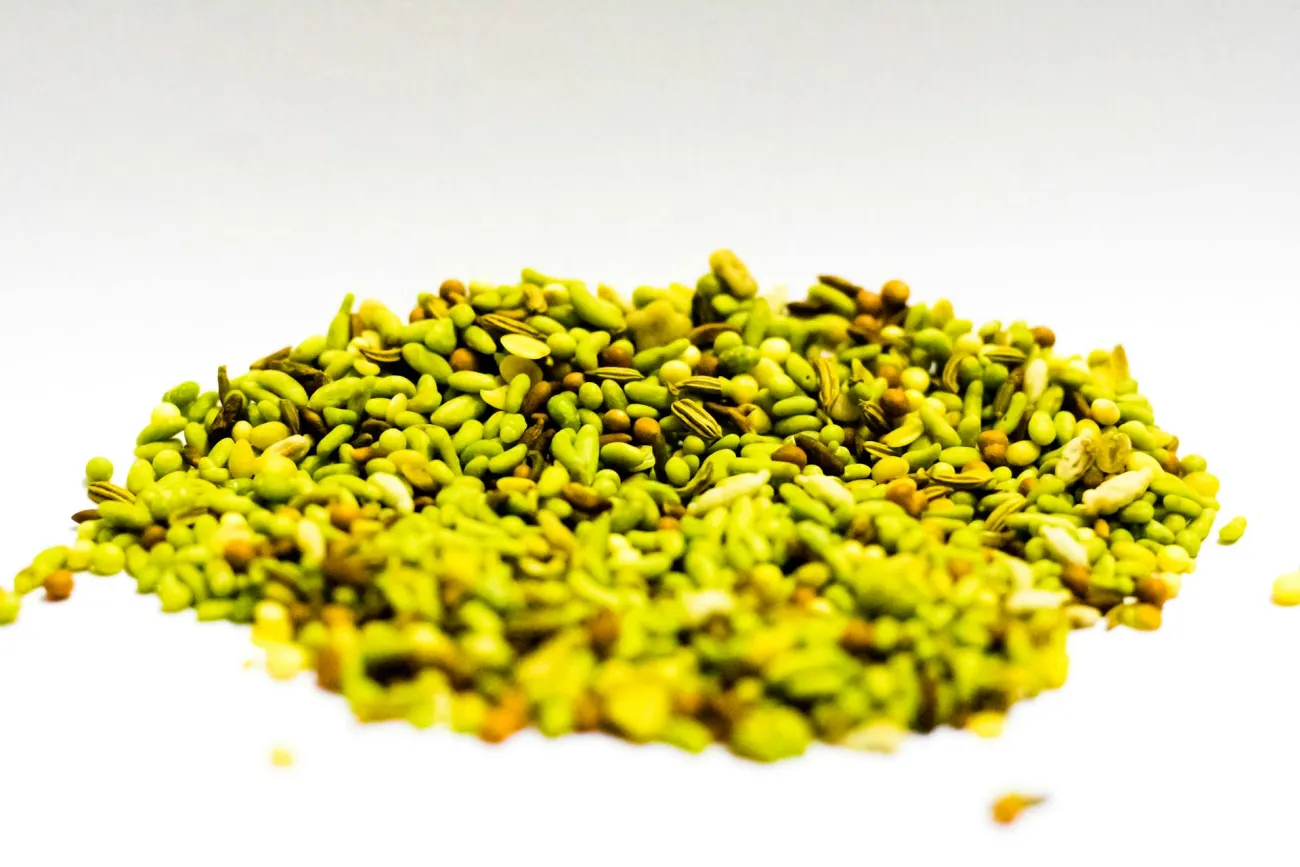In many circles, it is taken as a matter of fact that to be able to feed an additional 2 billion people by 2050, farmers everywhere are going to have to adopt the intensive agricultural practices that have been perfected in the US heartland where massive amounts of corn and soybeans are harvested almost every year. For the most part, this production system also separates crop agriculture from livestock agriculture composed of large chicken complexes, huge hog production facilities, and massive feedlots.
The implication of all of this is that only with this type of system will agriculture be able to meet the food demands of a rapidly growing population. Sustaining this model of agricultural production involves the heavy use of herbicides, insecticides, and synthetic fertilizers, all of which have significant environmental impacts. The system is also heavily dependent upon the use of fossil-based energy to produce the synthetic fertilizers that are crucial to the system and the fuel that is needed to cultivate fields, plant the crops, harvest them, and transport the corn and beans to feed mills that prepare the rations used in the various meat production systems.
Iowa State University with funding from the United States Department of Agriculture (USDA), the Leopold Center for Sustainable Agriculture, the Iowa Soybean Association, and the Organic Center conducted a field study from 2003-2011 that compared the typical 2-year corn/soybean rotation, with 3-year and 4-year rotations that included both crops and livestock.
The results of their study were published in a PLOS-One paper titled, “Increasing cropping system diversity balances productivity, profitability, and environmental health” . The researchers “hypothesized that cropping system diversification would promote ecosystem services that would supplement, and eventually displace synthetic external inputs used to maintain crop productivity.”
They conducted their study at the Marsden Farm in Iowa and used a randomized block design to be able to compare the results of the three cropping systems. The 3-year and 4-year systems added the production of a small grain (triticale and oat) along with the use of a legume and composted animal manure. Small amounts of synthetic fertilizer and herbicides were used in the 3-year and 4-year rotations while the 2-year rotation used conventional amounts of these products.
The first finding that they discussed in their report was that the diversified rotations were just as profitable as the standard corn/soybean rotation that is being used by most farmers in Iowa and throughout the US Midwest. The profitability was measured without accounting for costs of land, management time, and federal subsidies.
The researchers found that “weeds were managed effectively in all three cropping systems in both the ‘startup’ and ‘established’ phases, in spite of reducing herbicide use by 88 percent in the 3-year and 4-year rotations compared to the 2-year rotation.”
The use of labor in the 3-year and 4-year rotations was greater than in the 2-year rotation, but the cost of this was compensated by lower use of synthetic nitrogen inputs and reduced herbicide inputs.
“Weeds were suppressed as effectively in [the 3-year and 4-year] systems as in the 2-year rotation, with declining soil seedbanks and negligible weed biomass, yet herbicide inputs in the 3-year and 4-year rotation plots were 6 to 10 times lower, and freshwater toxicity 200 times lower, than in the 2-year rotation.”
The authors discussed their findings writing, “Reintegration of crop and livestock production, as represented by the forage legumes and manure applications present in the more diverse systems, is not simply another aspect of cropping system diversification. Instead, it embodies an important principle in sustainable agriculture: system boundaries should be drawn to minimize externalities. Animal manure is produced regardless of whether feed grains are shipped to centralized concentrated animal feeding operations, or produced within integrated crop-livestock farming operations. In the former case, the manure may become a waste product and water pollutant if quantities exceed available land area for field application, whereas in the latter case, it contributes directly to crop nutrient requirements, improves soil quality, and reduces fossil fuel subsidies associated with grain transport and external N fertilizer inputs.
“Substantial improvements in the environmental sustainability of agriculture are achievable now, without sacrificing food production or farmer livelihoods. When agrichemical inputs are completely eliminated, yield gaps may exist between conventional and alternative systems. However, such yield gaps may be overcome through the strategic application of very low inputs of agrichemicals in the context of more diverse cropping systems. Although maize is grown less frequently in the 3-year and 4-year rotations than in the 2-year rotation, this will not compromise the ability of such systems to contribute to the global food supply, given the relatively low contribution of maize and soybean production to direct human consumption and the ability of livestock to consume small grains and forages.”
Moving to a rotation system such as used in this study would require a willingness and managerial ability by the farm operator to reintegrate small-scale livestock production into a moderate-sized cropping system—something that was common place 5 decades ago but rare today.
Citation as follows:
Davis AS, Hill JD, Chase CA, Johanns AM, Liebman M (2012) Increasing Cropping System Diversity Balances Productivity, Profitability and Environmental Health. PLoS ONE 7(10): e47149. doi:10.1371/journal.pone.0047149
To access this article, click here.




Comments (0)